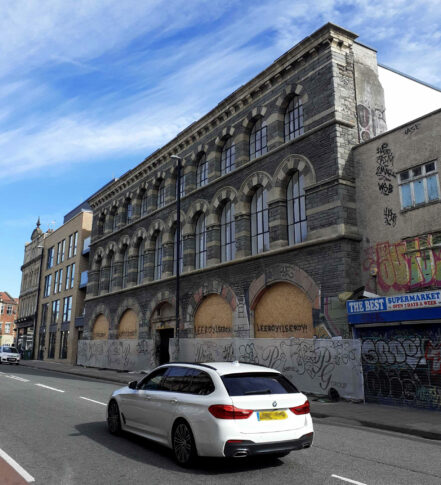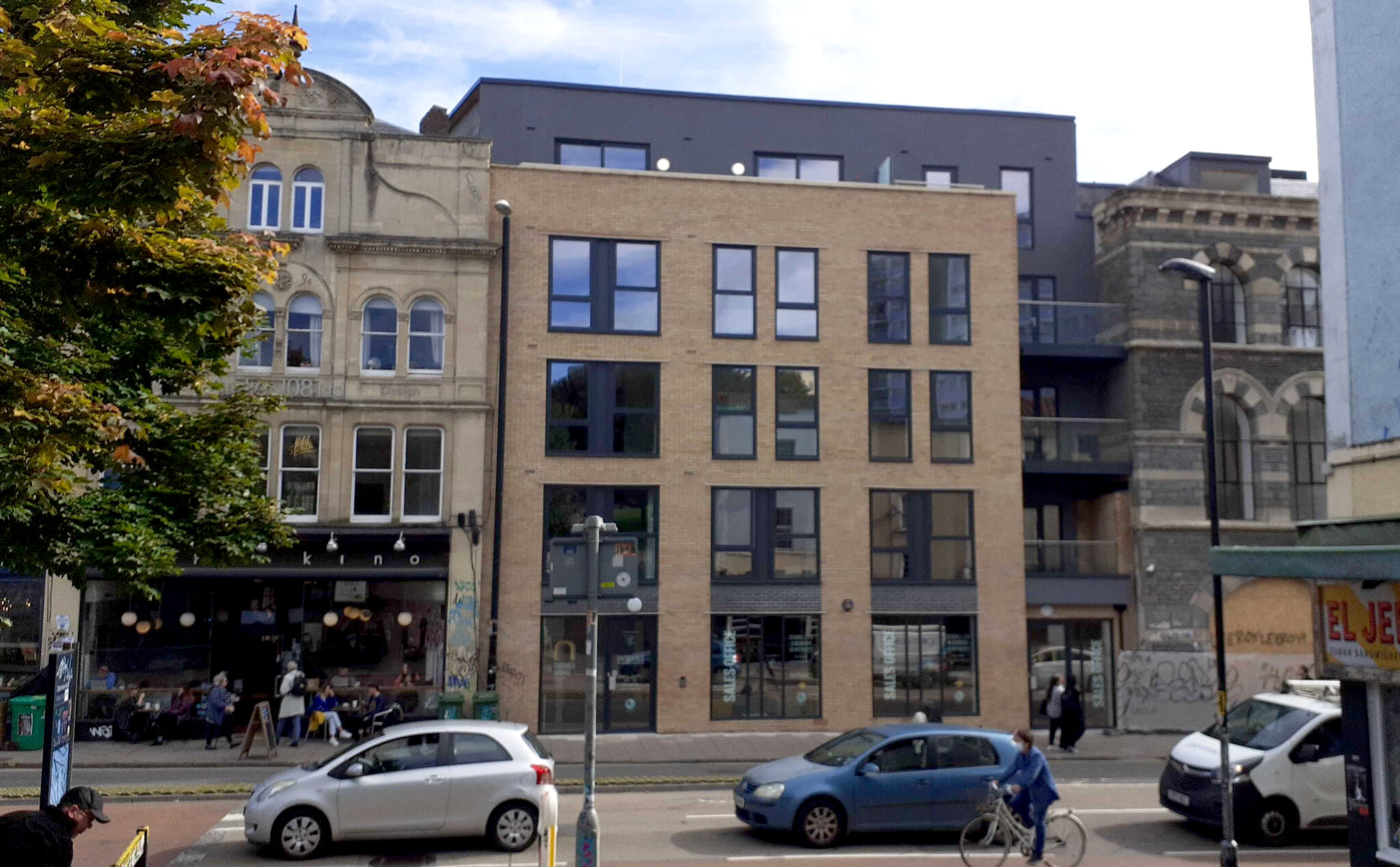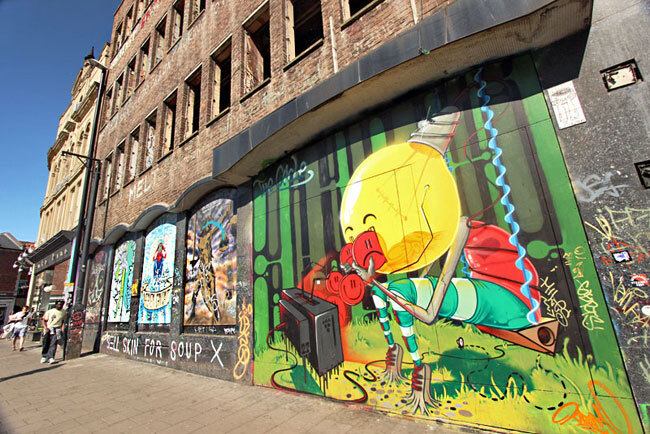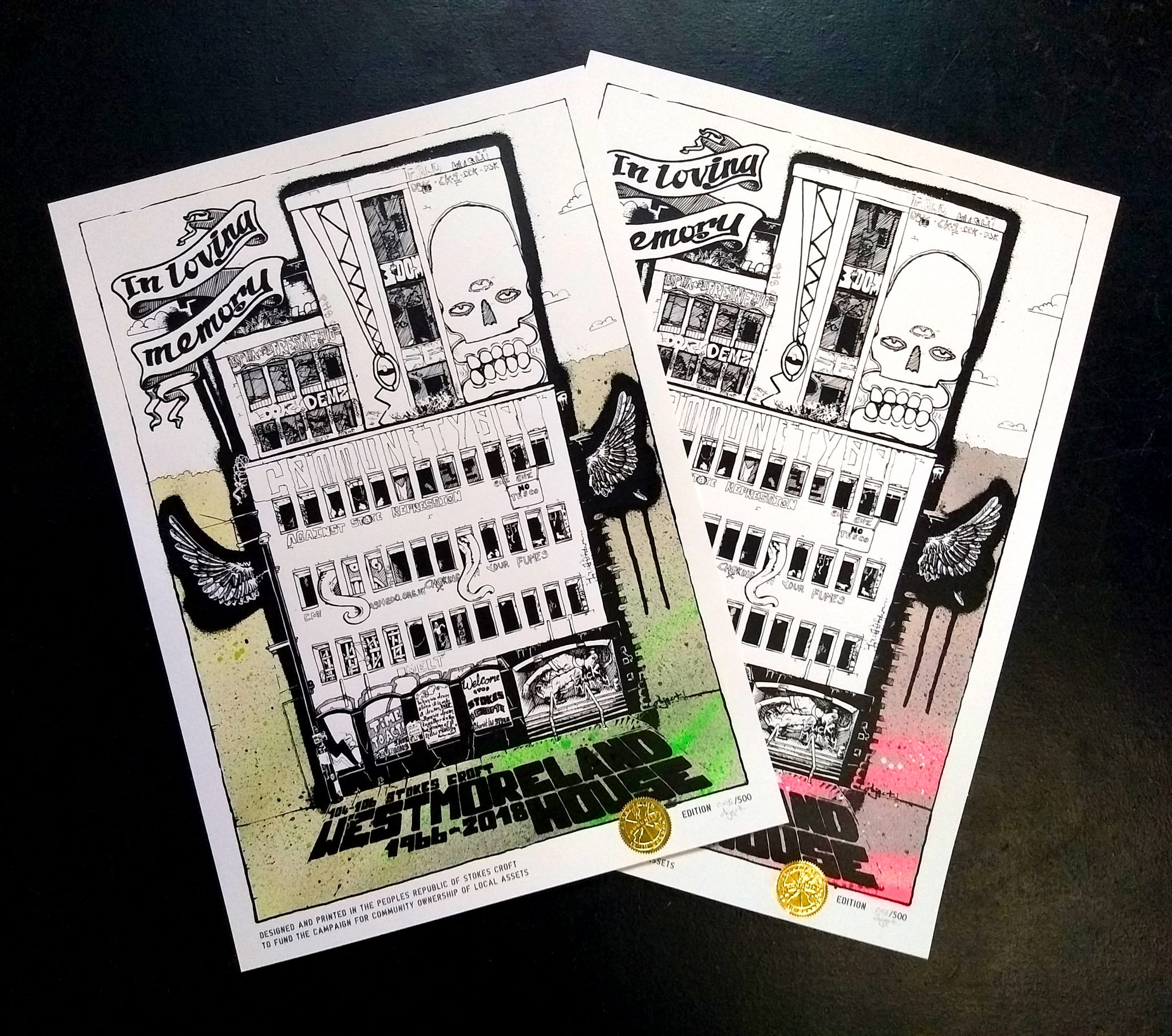 Anyone walking through the Croft over the last week or so should have noticed – the scaffolding has come down from the replacement of Westmoreland House, and the Carriageworks development. We’re finally seeing something of how it will affect the look of our streetscape, although the arches on the ground floor are still boarded up and behind fences.
Anyone walking through the Croft over the last week or so should have noticed – the scaffolding has come down from the replacement of Westmoreland House, and the Carriageworks development. We’re finally seeing something of how it will affect the look of our streetscape, although the arches on the ground floor are still boarded up and behind fences.
PG Group have pushed through the final development, after a string of previous attempts, and a long and hard fought campaign by the local community. The wins might not have been everything many of us hoped for, but they are still important – earlier designs had no commercial units or plans for any public access to the interior courtyard, with gates to keep locals out, amongst other things. We’re yet to see what this new public square, or the retail units on the Croft will offer, but PG are pleased to unveil the façade. In the words of Stuart Gaiger, director of PG Group:
“Our saving of the old Carriageworks façade to make it an eye -catching feature of the Stokes Croft street scene for the 21st century is truly representative of our whole ethos when it comes to inner city regeneration.”
Pointing to a thin façade as representative of their ethos seems pretty on the nose – facadism (the long criticised practice of preserving the front of historical buildings, whilst removing everything of substance) is something of an inevitability when land bankers are allowing listed buildings to crumble with no repercussions, and a planning process seems to have no teeth to resist gentrification. The funding cuts to local authorities have certainly made them more risk averse in terms of fighting inappropriate planning applications, but it’s not clear if Bristol Council and Marvin’s office are interested in helping preserve community in the face of economic pressures.





“We’re yet to see what this new public square, or the retail units on the Croft will offer”
Absolutely nothing FYI as the developer has now decided they’re not going to fulfil the cultural plan that was a condition of their planning permission
What a kick in the teeth for the hard work of the CAG over several years in making sure this wasn’t just going to be a development of luxury flat
Yes, we’re aware of the many many ways PG Group have rolled back on the various that the community got from the planning process. They’ve changed a lot over the period of the development itself, form removing windows, consolidating smaller ground floor units, dropping the idea of any kind of information abourt the history or space for street-art. This is the result of under-resourced and under-motivated council, who do not (and maybe can not) defend what we collectively fought for. Not just that- they either can’t or don’t defend our basic rights a lot…